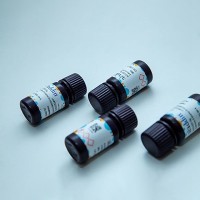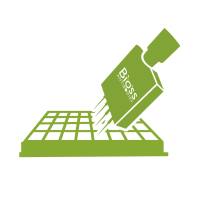In Vitro Testing for Direct Immunotoxicity: State of the Art
互联网
421
Immunotoxicity is defined as the toxicological effects of xenobiotics including pharmaceuticals on the functioning of the immune system and can be induced in either direct or indirect ways. Direct immunotoxicity is caused by the effects of chemicals on the immune system, leading to immunosuppression and subsequently to reduced resistance to infectious diseases or certain forms of nongenotoxic carcinogenicity.
In vitro testing has several advantages over in vivo testing, such as detailed mechanistic understanding, species extrapolation (parallelogram approach), and reduction, refinement, and replacement of animal experiments. In vitro testing for direct immunotoxicity can be done in a two-tiered approach, the first tier measuring myelotoxicity. If this type of toxicity is apparent, the compound can be designated immunotoxic. If not, the compound is tested for lymphotoxicity (second tier). Several in vitro assays for lymphotoxicity exist, each comprising specific functions of the immune system (cytokine production, cell proliferation, cytotoxic T-cell activity, natural killer cell activity, antibody production, and dendritic cell maturation). A brief description of each assay is provided. Only one assay, the human whole blood cytokine release assay, has undergone formal prevalidation, while another one, the lymphocyte proliferation assay, is progressing towards that phase.
Progress in in vitro testing for direct immunotoxicity includes prevalidation of existing assays and selection of the assay (or combination of assays) that performs best. To avoid inter-species extrapolation, assays should preferably use human cells. Furthermore, the use of whole blood has the advantage of comprising multiple cell types in their natural proportion and environment. The so-called “omics” techniques provide additional mechanistic understanding and hold promise for the characterization of classes of compounds and prediction of specific toxic effects. Technical innovations such as high-content screening and high-throughput analysis will greatly expand the opportunities for in vitro testing.









